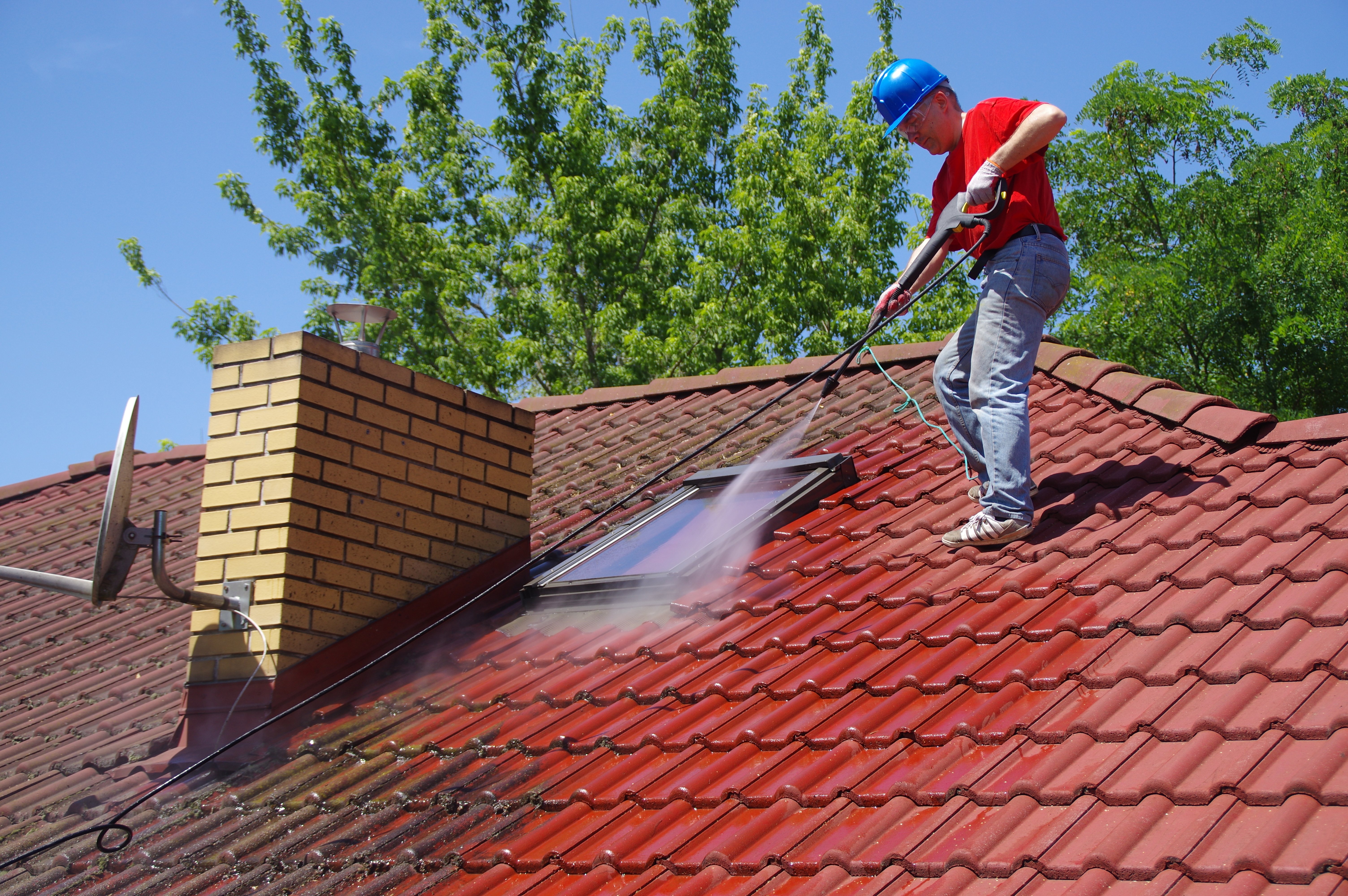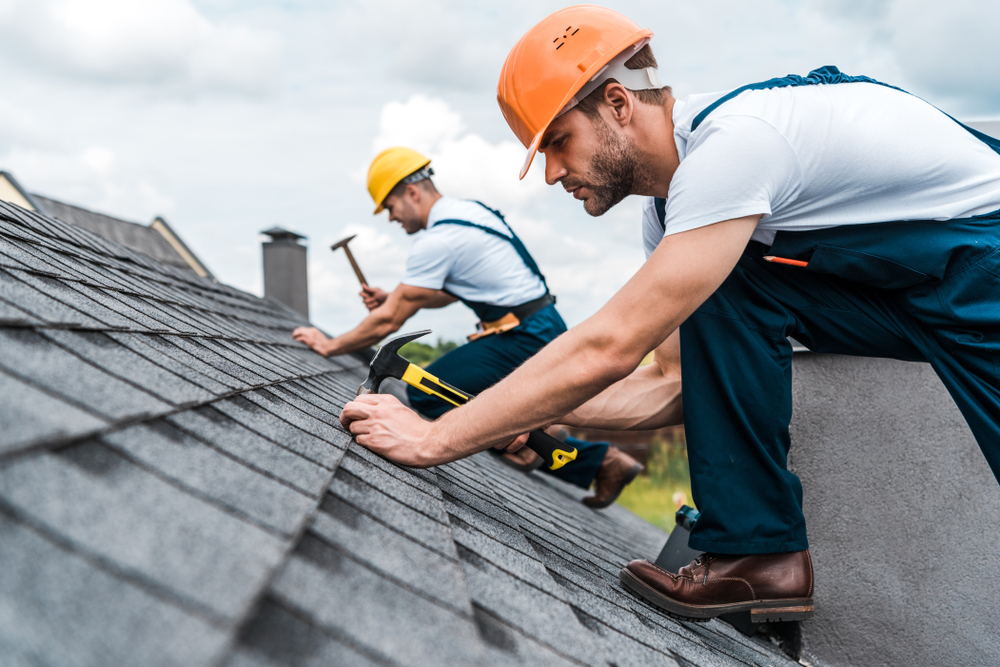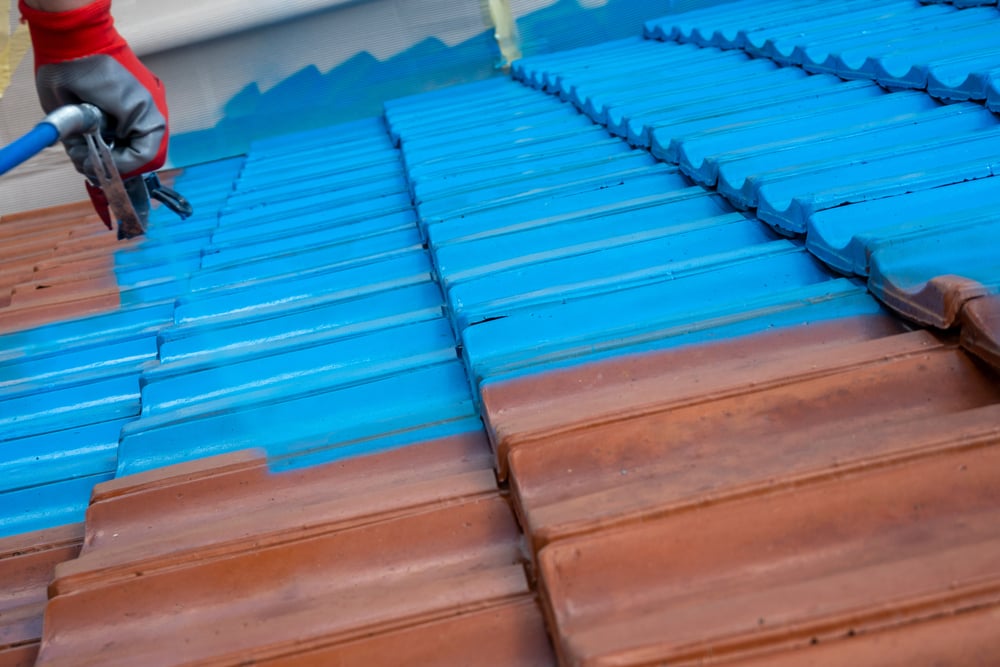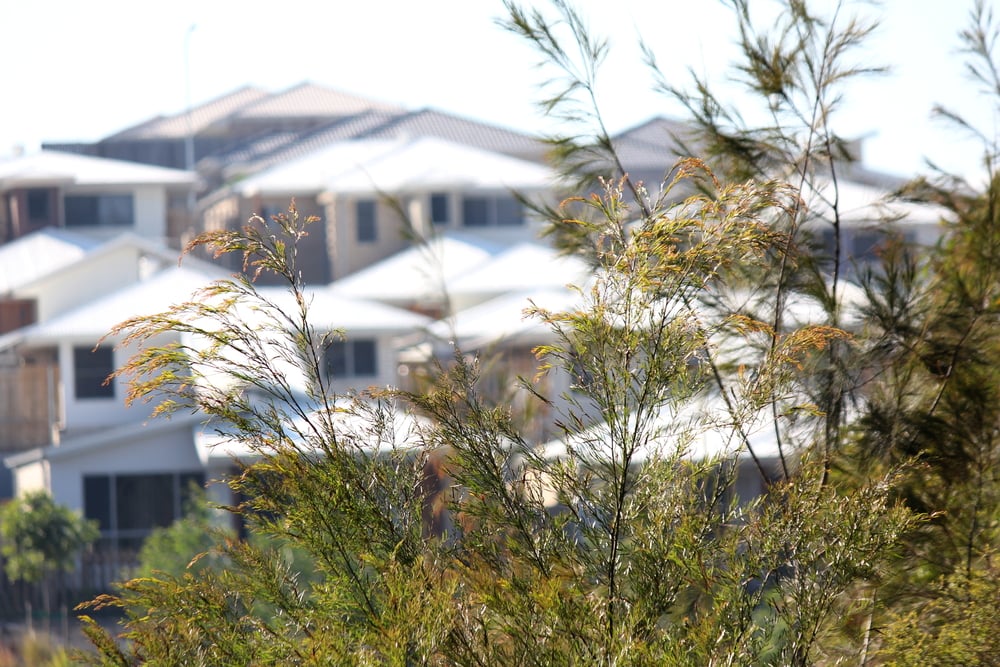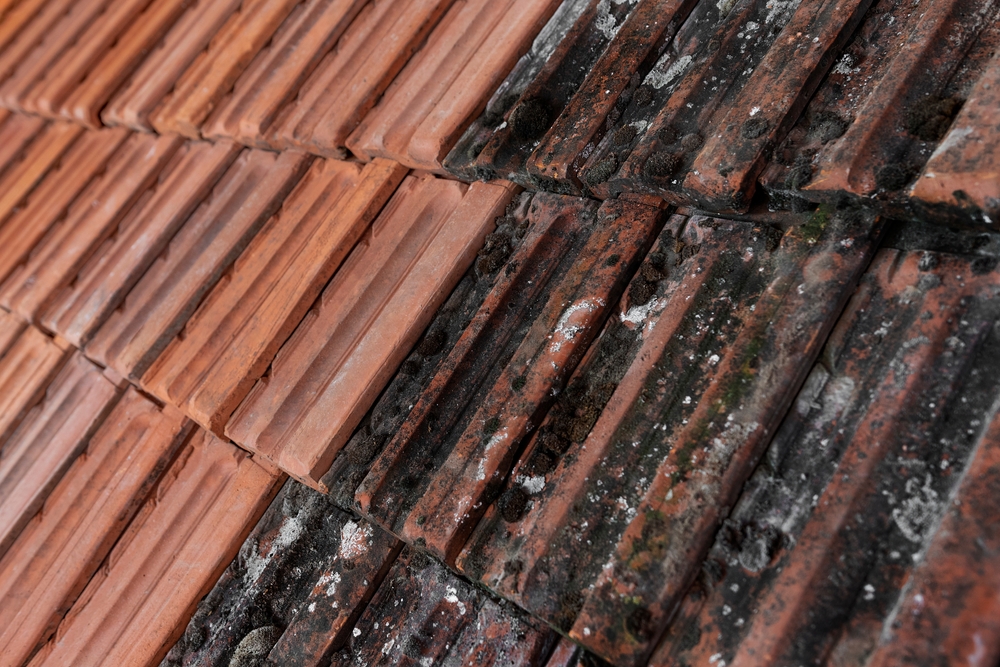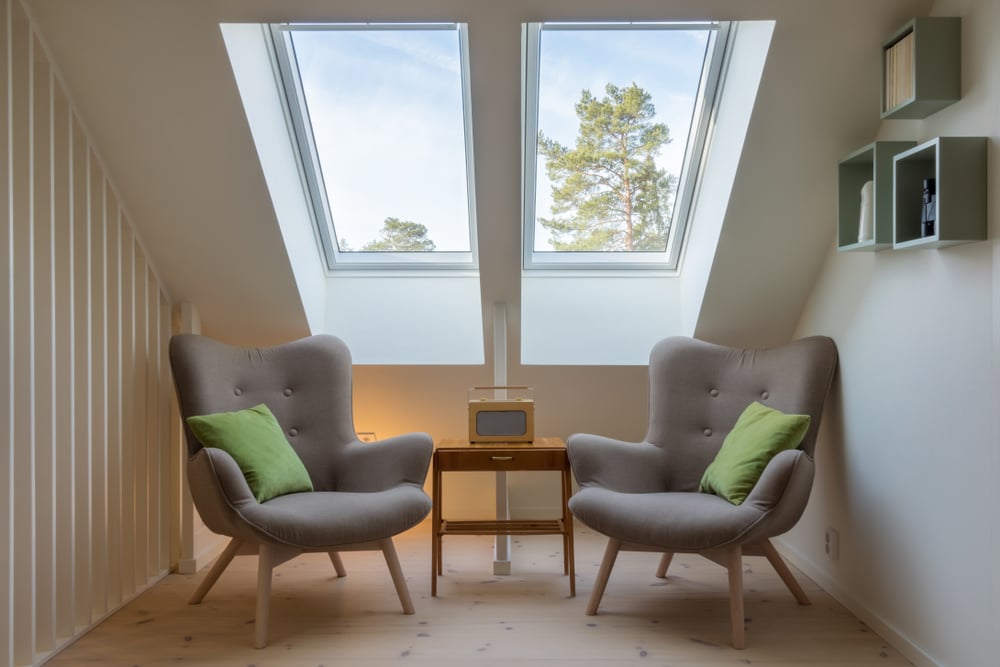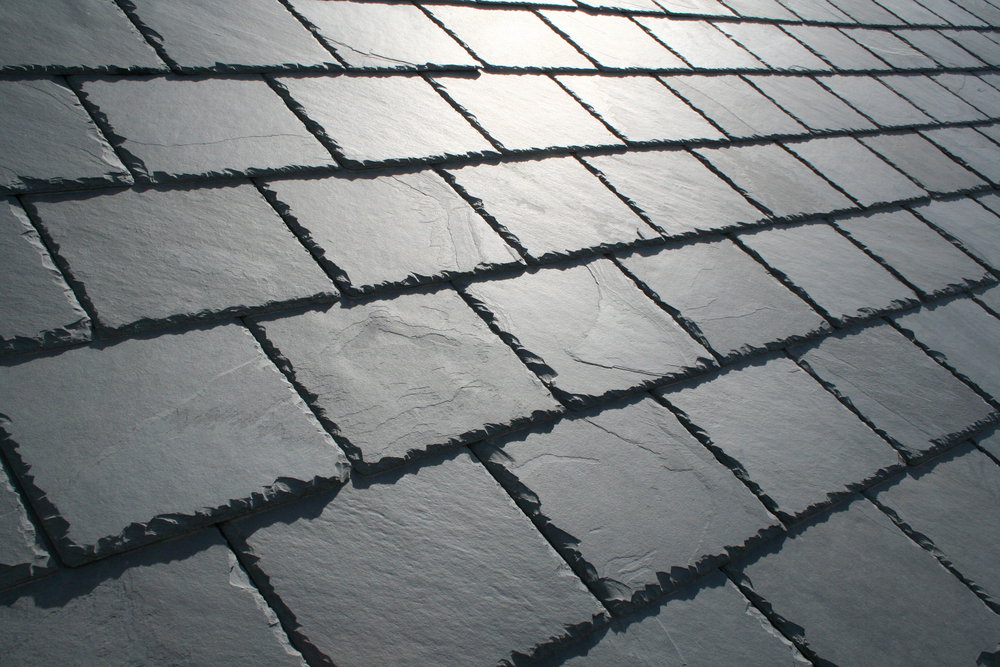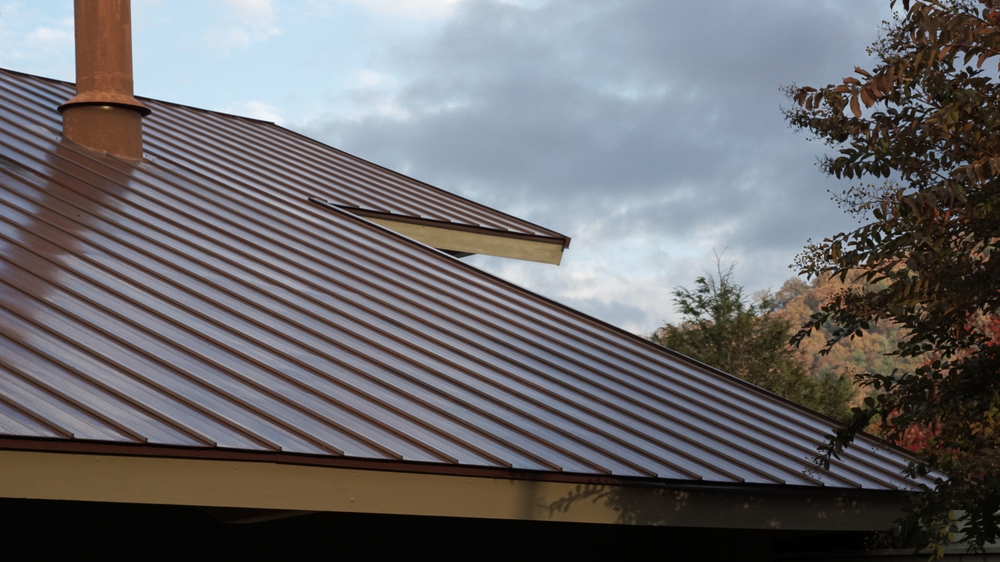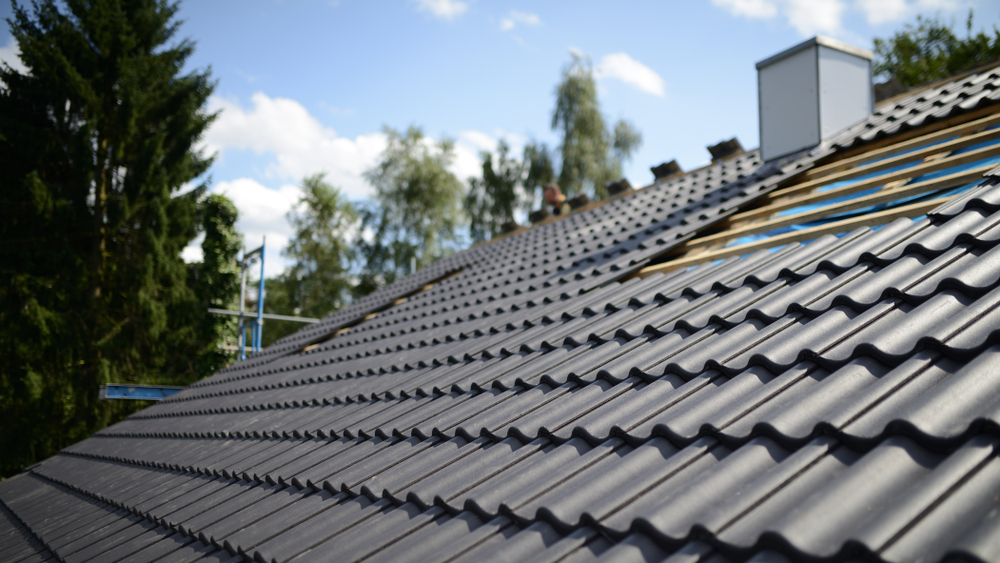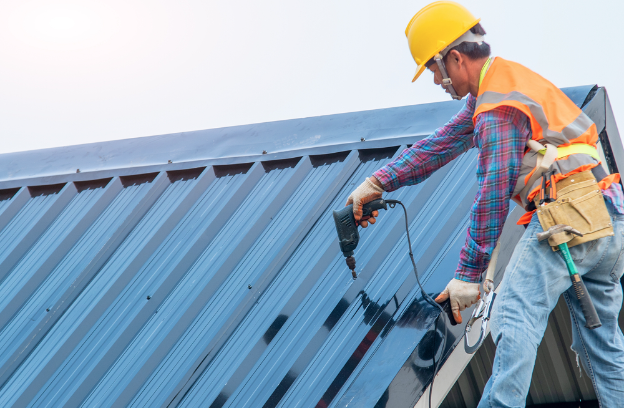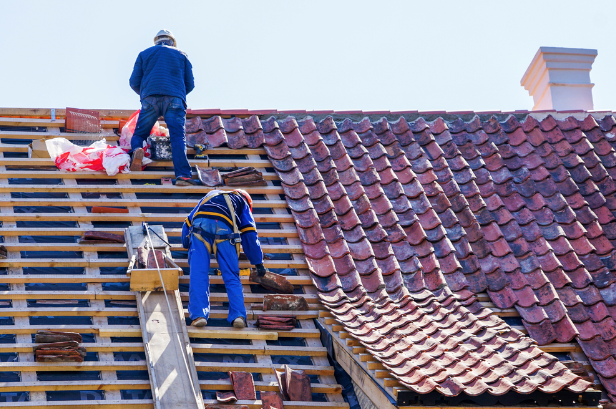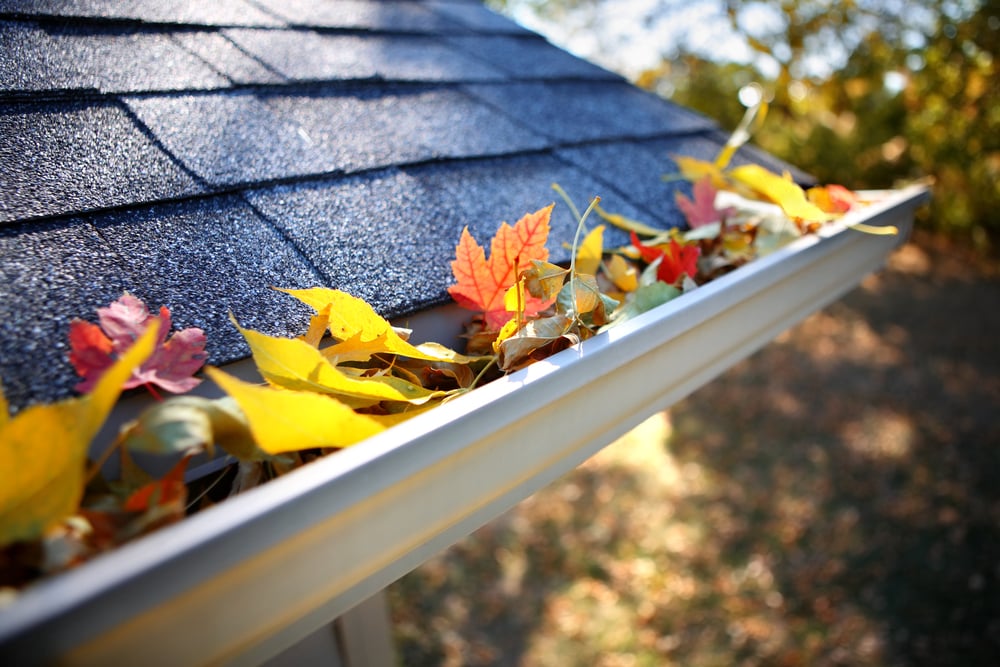
Jul
Taking care of your patio
 Enjoying the outdoors is part of Australian living, and sometimes that can be as simple as stepping foot out on your own patio.
Enjoying the outdoors is part of Australian living, and sometimes that can be as simple as stepping foot out on your own patio.
A good outdoor living area is a great thing to have, especially when it's getting a little too stuffy inside or you just want to get some fresh air. However, like any other part of your home, you need to make the effort to keep things well maintained. In today's blog, we've provided some simple tips on how to look after your outdoor patio, be it a stone paver patio or a concrete one.
A stone paver patio
Weeds
If you have a stone paver patio, then weeds can be a key issue. When not managed properly, weeds can grow through the gaps between the stone pavers, and multiply quite rapidly. An excessive amount of weeds can even cause your pavers to separate further and further, making the patio uneven and more vulnerable to further weed damage.
Keeping weeds at bay can be achieved through a few measures. First, if you're still in the process of laying down your stone paver patio, you can lay down a mesh weed screen before laying the pavers. This will make it much more difficult for weeds to take hold and grow.
Second, to deal with any weeds that do grow up through your pavers, simply use weed killer. If you'd prefer a more natural option, vinegar can be quite effective at killing weeds, too. However, keep in mind that any results from a weed killer/vinegar will typically be temporary and weeds will eventually grow back.
Third, fill gaps between your pavers up with sand - it not only makes your patio more aesthetically pleasing, but creates a much tougher barrier for weeds to grow through. The harder it is for them to grow, the less likely they are to thrive.
General cleaning
When it comes to the general cleaning of your stone paver patio, there is the option to seal/polish it so that bits of dirt and grit can't make there way into the pavers. However, if you choose to do this, you will need to make absolutely sure that your pavers are entirely cleaning prior sealing/polishing, as any dirt not accounted for could be sealed in. With a sealed patio, you can typically remove any dust, dirt, and grit with simple brushing/basic water-based cleaning.
For unsealed patios, pressure washing is a good option if you want to remove a dirt and grit that has accumulated over time. However, be prepared for the possibility that some stains could still remain after the fact. Unsealed patios do require more frequent cleaning and maintenance, but provided you wash and brush it down regularly, it should still maintain a nice, clean appearance.
Concrete patios
With concrete patios, you can seal them initially to make it easier for removing dirt and grit, and simply reseal it as recommended by the sealant you choose to use. Of course, you will still need to brush down and/or wash the patio from time to time so that the these little bits of grit and dust don't have a chance to settle. It's strongly recommended that you seal your patio, as this helps ensure that water can't seep into the actual concrete, particularly around any minor cracks. When left unsealed, the water can set into the cracks and worsen them.
In general, check to make sure any cleaning chemicals you use are allowed to be used on concrete flooring - some may cause unwanted damage.
* Image source: Wicker Paradise / Flickr, used Creative Commons 2.0








